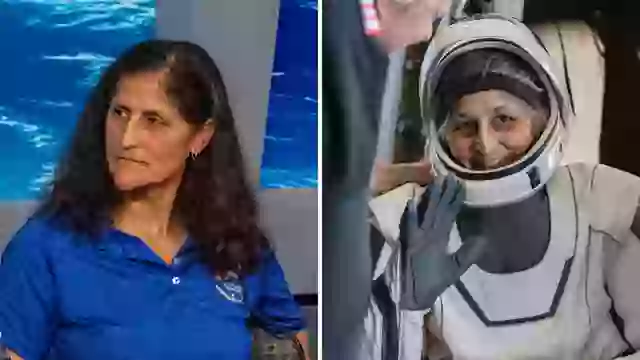When technical issues left astronauts Sunita Williams and Butch Wilmore stuck in space for nine months instead of one week, their bodies began telling a remarkable story of human adaptation. Recent before-and-after photos show the visible effects of prolonged weightlessness—from fluid redistribution that subtly altered facial features to the muscle strength maintained through relentless exercise.

Though carried from their capsule on stretchers (standard procedure after long missions), both astronauts were in good spirits. “We’re living proof that the human body can handle surprises,” Williams said, referencing the 278-day detour that turned their test flight into an endurance trial.




NASA doctors explained that while space inevitably takes a toll—causing temporary balance issues and muscle atrophy—the crew’s diligent use of the station’s treadmill, bicycle, and weight machine helped them stay remarkably fit. Their unexpected adventure not only tested equipment reliability but demonstrated that with proper care, humans can thrive in space far longer than originally planned—a crucial finding for future deep space exploration.



